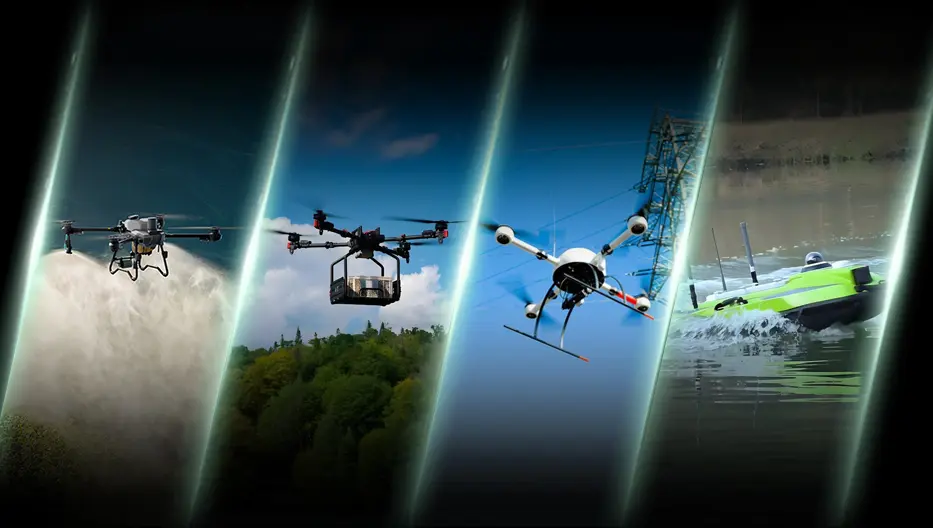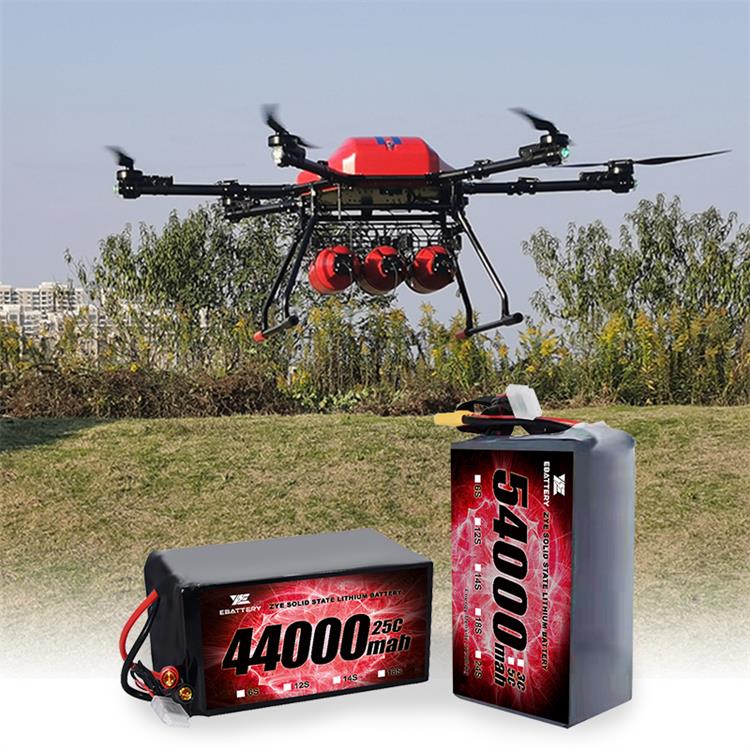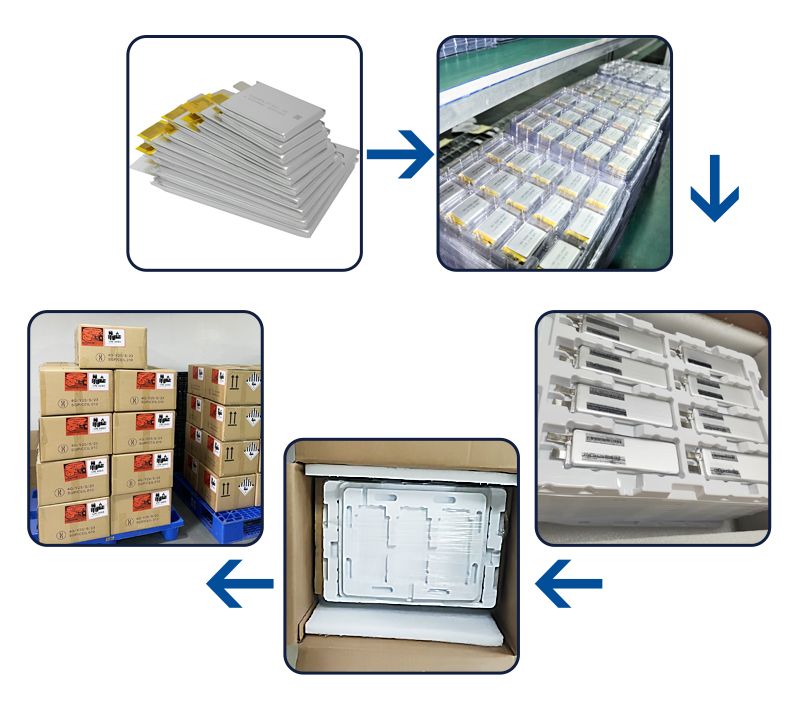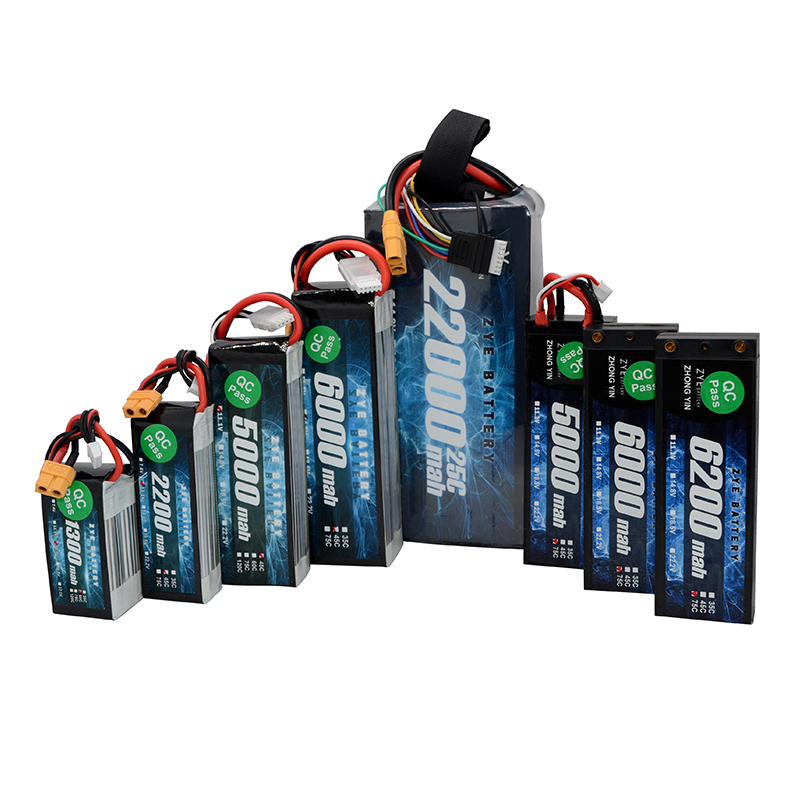A Comprehensive Guide to Drone LiPo Battery Care
2025-08-27
Drone LiPo (Lithium Polymer) batteries are the lifeblood of your aerial adventures—they determine flight time, performance, and even the safety of your drone. To keep your drone’s power source in top shape, follow this detailed, practical guide to lipo-battery care.
Caring for your lipo battery requires attention to detail and adherence to specific guidelines. Here are some essential tips to keep your battery in top condition:

1. Proper Charging Techniques
One of the most critical aspects of LiPo battery care is proper charging. Always use a charger specifically designed for LiPo batteries, and never leave your battery unattended while charging. Set the correct cell count and capacity on your charger to avoid overcharging, which can lead to swelling or even fire hazards.
2. Balancing Cells Regularly
For multi-cell batteries like the lipo battery, regular cell balancing is crucial. This process ensures that all cells in the battery pack have an equal voltage, promoting better performance and longevity. Most modern LiPo chargers have a built-in balancing function, so make sure to use it during each charging cycle.
3. Avoiding Deep Discharges
LiPo batteries should never be fully discharged. Aim to stop using your battery when it reaches about 20% of its capacity. Many modern electronic speed controllers (ESCs) have low-voltage cutoff features to prevent over-discharging, but it's always best to monitor your battery's voltage during use.
4. Temperature Management
LiPo batteries perform best at room temperature. Avoid exposing your battery to extreme heat or cold, as this can significantly impact its performance and lifespan. If you've just finished using your battery, allow it to cool down before charging or storing it.
5. Proper Storage Techniques
When not in use, store your LiPo batteries at about 50% charge. Many chargers have a "storage" mode that will automatically charge or discharge your battery to the optimal storage voltage. Keep your batteries in a cool, dry place, away from direct sunlight and flammable materials.

Choose the Right Storage Environment
LiPos thrive in cool, dry, and stable conditions. Avoid:
Extreme temperatures: Never store batteries in direct sunlight, hot cars, or freezing garages. Temperatures above 40°C (104°F) accelerate degradation, while below 0°C (32°F) can damage internal components.
Moisture: Humidity can cause corrosion on battery terminals and short circuits. Store batteries in a sealed plastic container or a specialized LiPo storage bag (made of fire-resistant material) with a silica gel packet to absorb moisture.
Metal contact: Keep batteries away from keys, coins, or other metal objects that could bridge the terminals and cause a short.
Handle with Care: Avoid Physical Stress
LiPo batteries are fragile—physical impacts can damage their internal cells. Follow these tips:
Avoid Dropping or Crushing
Never drop the battery or place heavy objects on it. A hard fall can rupture the cell casing, leading to swelling or leaks. When transporting batteries, use a padded case (e.g., a drone battery carrying case) to protect them from bumps.
Don’t Bend or Twist the Battery
LiPos have a rigid structure—bending or twisting them can break the internal connections between cells. Store and carry batteries flat, and avoid forcing them into tight spaces in your drone or bag.
Keep Away from Children and Pets
LiPo batteries are not toys. The small balance plugs pose a choking hazard, and the electrolyte is toxic if ingested. Store batteries in a locked cabinet or high shelf if children or pets are around.

By following these guidelines, you can extend your drone-lipo-battery’ lifespan and ensure safe, reliable flights every time. Remember: a well-cared-for LiPo is not just a cost-saving investment—it’s a safety essential.
If you have any questions about battery care or are looking for high quality lipo battery solutions, please feel free to contact us at coco@zyepower.com. We're here to help you power your projects safely and efficiently.
























































